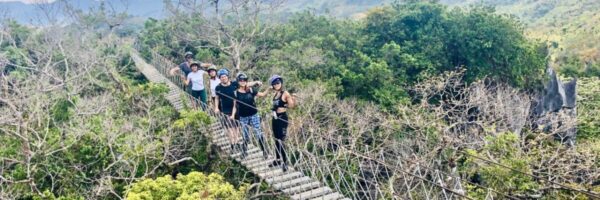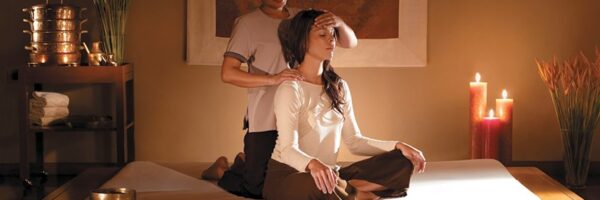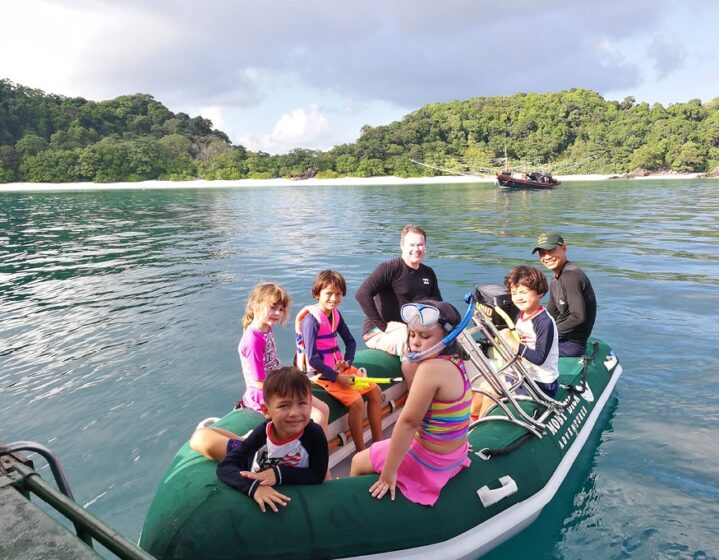
Cruising the Mergui Archipelago
Sailing out of Kawthaung on the Sea Gipsy, a wave of contentment washed over me. The tendrils of stress that had gripped my heart were already withering. In a few weeks, I would quit my job and probably leave finance for good. Two months later, our family would say zaijian to Asia and embark on a six month global odyssey before returning to the USA.
During our twenty years in Asia, we had travelled manically. Still, there remained many ‘trip of a lifetime’ experiences that had eluded us: trekking in Tibet, cruising the backwaters of Kerala, diving in Rajah Ampat, etc. However, our last ‘big splash’ in Asia could only be one destination.
I had dreamed of exploring the Mergui Archipelago for decades. It was the stuff of travel legends: eight hundred mostly uninhabited islands strewn across thousands of square miles of the Andaman Sea. For much of our time in Asia, however, the islands were off limits to foreigners. Burma had become Myanmar, Aung San Suu Kyi was under house arrest and the junta leaders were persona non grata in international circles. I checked in from time to time, but only a handful of Thailand based boats were allowed to take scuba divers into the southern reaches of the archipelago, and the costs of such journeys were stratospheric.
How the region had changed since my first visit to Myanmar in 1998! At that time, getting a visa had been difficult and foreigners were forced to exchange US dollars for FECs (Foreign Exchange Certificates) at the airport. Now visas were available on arrival and everybody used the Kyat. Today, former prisoner and Nobel Peace Prize winner Aung San Suu Kyi was the democratically-elected leader of the country, while Thailand was back under military rule. Myanmar was one of the hottest destinations in global travel, while Thailand was struggling to cope with too many tourists in places like Phuket and Koh Phi Phi.
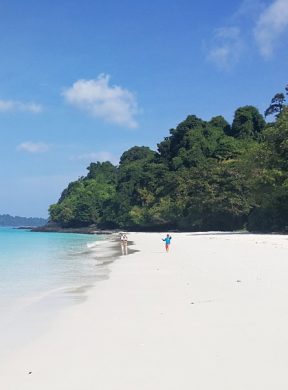
With cheap flights from Bangkok to Ranong and new tour agencies in Kawthaung, getting to the Mergui Archipelago had never been easier. That said, it still wasn’t easy and it definitely wasn’t cheap. When we toured the islands in late 2017, there were only a handful of boats doing archipelago cruises between November to April, and resorts on only two islands. But we had no interest in big boat cruising. To make the kind of small, private trip we wanted affordable, we needed to find another family (or two!) to bring the costs down.
Normally I don’t like travelling with other families. Of course, it’s nice for the boys to have friends to play with when we arrive. It can also be wonderful for the adults to relax with strong cocktails and light conversation when the kids go to bed. But all families travel differently, making disagreements and disappointments inevitable. The ‘fit’ between two families needs to be perfect, and it rarely is. Our family needs to be up early, moving, exploring and learning. Often, we try to see or do too much. Yet we’re relaxed travellers too; if service at a hotel isn’t perfect, we’re not going to freak out and bellow for a manager.
Despite my usual misgivings, I was excited to be travelling with the McTaggarts. Paul was a Canadian entrepreneur whose latest venture connected tourists with local dentists – a sort of hotels.com for teeth whitening and crowns. His American wife, Autumn, was an accomplished chef who had won Thailand’s version of The Iron Chef. Their two daughters, Bella and Sophia, were our boys’ ages and attended the same school. Most importantly, Paul and Autumn were a happy, enthusiastic couple with a love of travel and adventure.
Our voyage would run counterclockwise on a compass, beginning with a long northwestern arc. Most of what little tourism infrastructure existed would be near the mainland towns of Kawthaung and Myeik, we surmised. We wanted to get well out of reach of day-trippers (if indeed there were any) and experience something increasingly difficult to find in populous and popular Asia: uninhabited islands, empty beaches and pristine reefs.
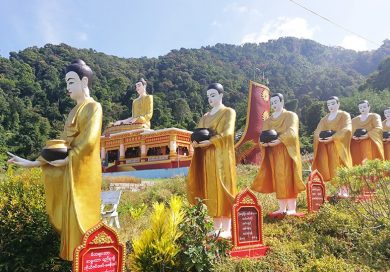
The ten of us flew into Ranong, a small city on the Andaman Sea located near Myanmar’s southernmost point. I’ve always thought that the outlines of Thailand and Myanmar look like two ladies’ faces looking in opposite directions, their long tresses trailing down to the Malay Peninsula. Myanmar’s ‘braid’ ends at the town of Kawthaung, located just across the wide Kra Buri channel from Ranong.
The frontier crossing was an unexpected highlight. At Ranong’s hectic port, we wedged into a tiny long tail boat that zipped up a tidal channel past warehouses and fishermen’s shacks. After stopping briefly at a floating Thai police station to register our journey, we motored out into the Kra Buri, so wide that it looked more like the open ocean than an inlet. The waves got bigger and choppier as motored into deeper water; we all got soaked with sea spray. There was another immigration stop at a Thai islet

“Welcome to Myanmar!” I shouted to the boys as they disembarked onto the metal gangway. Dozens of local kids gawked at us. Now we were on Myanmar time, a
After the excitement of the crossing, the

“Oh thank God!” Nori
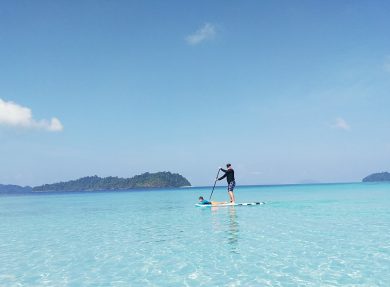
The Sea Gipsy was not a luxury vessel. Instead, it looked like a mid-sized and mid-end dive boat. We slept on simple mattresses in small berths with only thin curtains for privacy and noisy fans for cooling. The food was ample, but basic. Nonetheless, the whole experience was a “Lifestyles of the rich and famous”- quality adventure.
For a start, the boat was ours. Gosh, the entire archipelago felt like it was ours. The only tourist boat we saw in three days was a cruise ship, far in the distance. Every beach we visited was empty until we arrived. Nobody ever dropped in on our snorkelling spots. The kids spent hours jumping off the upper deck into the sea. We had the ultimate luxuries: time, space and our families. On that first evening, moored between two islands, we clinked glasses of Aperol Spritz, watched the sunset and collectively felt like the luckiest people on earth.
“Thank you for inviting us!” Paul said. “Thank you guys for coming,” I replied.
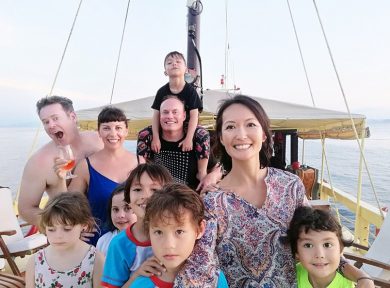
The next three days were a blissful blur of activity, beauty and sloth. Each day we called on two or three islands. We’d don our snorkelling gear and drift over giant heads of coral. Or we’d take the SUPs and kayak to shore and play on the beach. If we were close enough, we’d jump off the top deck and swim to the next island. One day the crew arranged a spicy seafood lunch for us on the beach. The tin of assorted biscuits was constantly refilled, so the kids rarely bothered us with hunger pangs. There was a lot of reading and dozing on the deck chairs. The extra bottles of wine that we’d manage to smuggle in all disappeared. One night, the kids slept on cushions pulled out on the bow.
“I haven’t felt this relaxed in years,” Autumn remarked, as she sipped a glass of Champagne.
“Oh yeah, me too,” purred Paul. Similar to me, the stress of his job had damaged his health. He needed this trip as much as I did.
The white sand, green jungle and blue waters made for stunning pictures. But sadly the islands were not as pristine as we had hoped. PET bottles, chip packages and plastic bags drifted with the currents and there were reefs of rubbish that had built up in bays where wind and waves had concentrated them. The village we toured on the second day was shamefully filthy, with residents casually tossing refuse into the bay. When we visited, the receding tide had revealed a mudflat studded with trash, motor parts and broken plastic household items. Everywhere man goes he screws things up, I thought.
Those four days on the Sea Gipsy will always be some of our greatest travel memories. The islands were beautiful. But strangely, it’s the splendid isolation that I remember most. With no other boats in sight, we felt like explorers rather than tourists. And with no one to bother


